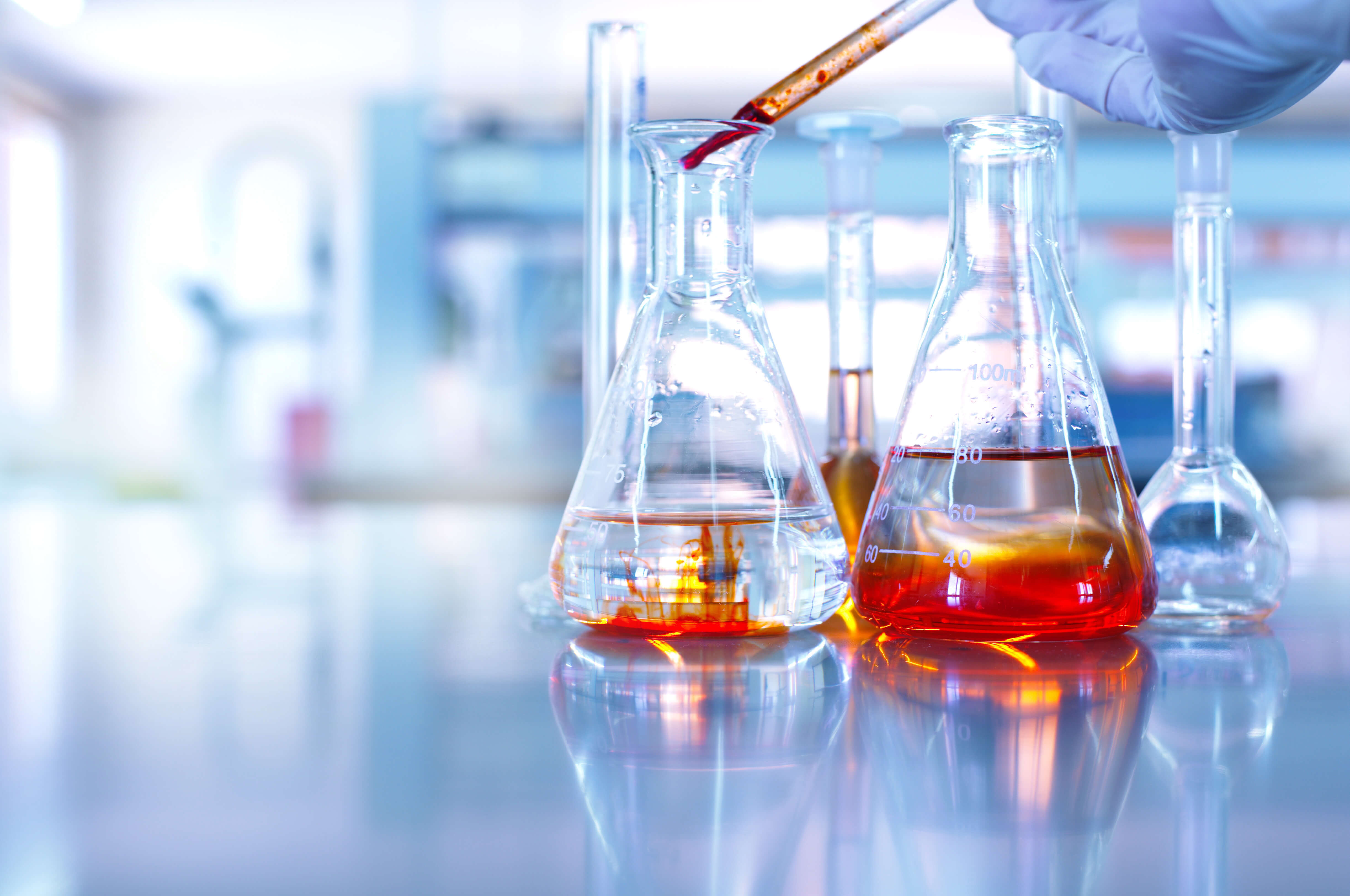
Chemicals and ingredients by type
Univar Solutions is your one-stop shop for quality chemicals from world-class suppliers to meet your formulation needs. Whether you are looking for a polar solvent or a specialized additive, we have a broad product offering available in a wide variety of quantities, from bulk deliveries to gallon cases.
Use the grid below to explore the breadth of our line card by type or chemistry.
Compounds derived from ammonia. They contain a basic nitrogen atom and can be organic or inorganic.

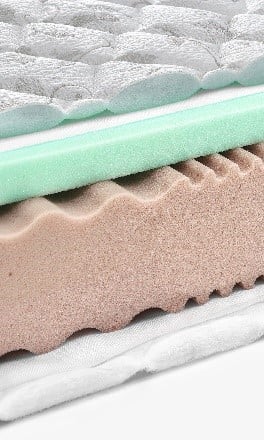
A compound containing a ligand (typically organic) bonded to a central metal atom at two or more points.

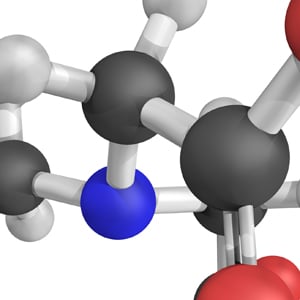
A substance added to something in small quantities to improve or preserve it.

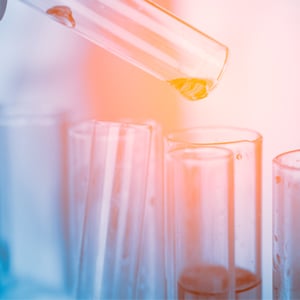
An organic compound consisting exclusively of the elements carbon and hydrogen. The carbon atoms are arranged in straight or branched chain or ring structures.

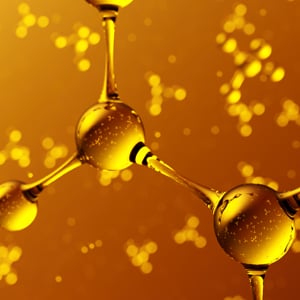
Being or composed of matter other than plant or animal: mineral.

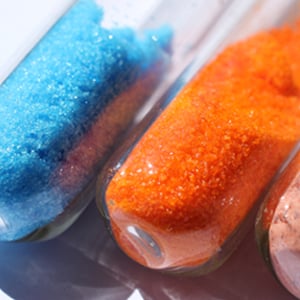
Chemicals derived from plant and animal fats. They are analogous to petrochemicals derived from petroleum.


When identical simple molecules (monomers) come together and link up in a chain-like fashion, they form a polymer. The chemical reaction that forms a polymer is called polymerization. There are natural…

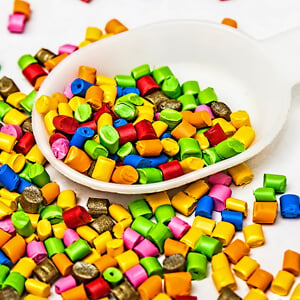
Any number of polymers containing alternate silicon and oxygen atoms, with organic groups attached to the silicon atoms. Such compounds are typically resistant to chemical attack and insensitive to temperature…

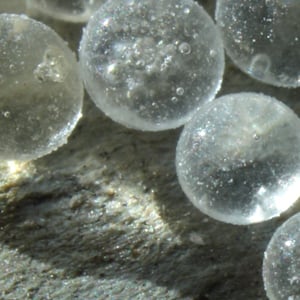
A substance capable of dissolving another substance (solute) to form a uniformly dispersed mixture (solution) at the molecular or ionic size level. Solvents can be chosen or blended to dissolve almost…

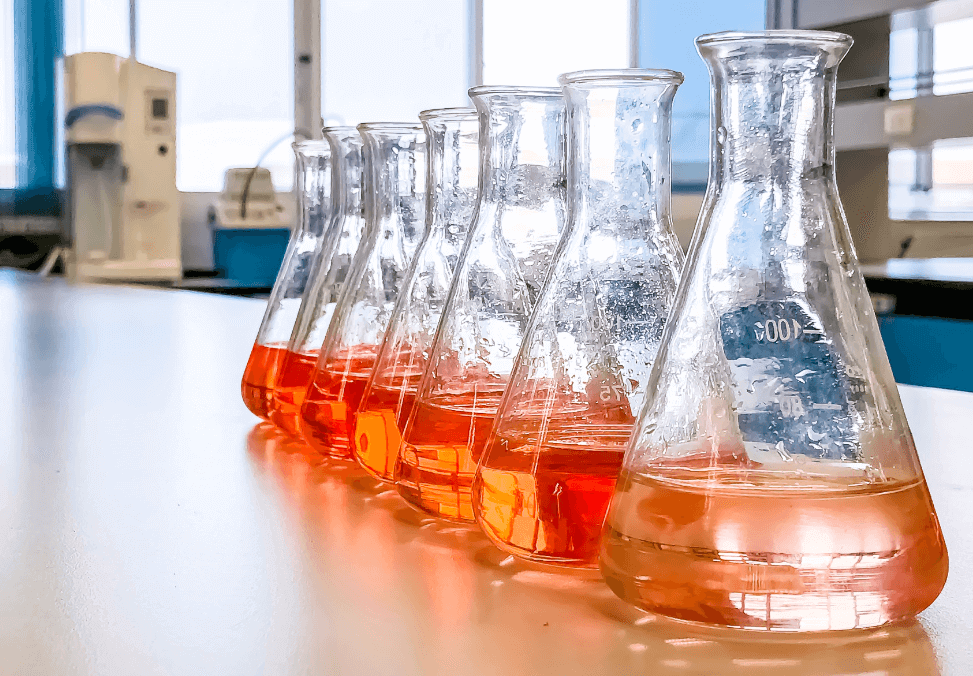
Short for surface-active agent, surfactants are used to describe a chemical that will reduce the surface tension of water when it is added to it. This enables the water to mix with materials it would otherwise…

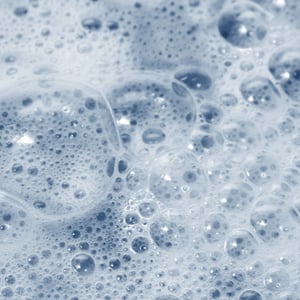

Access your SDS now through your account. New customers can request one here.


 EMEA
EMEA Latin America
Latin America North America
North America Asia
Asia